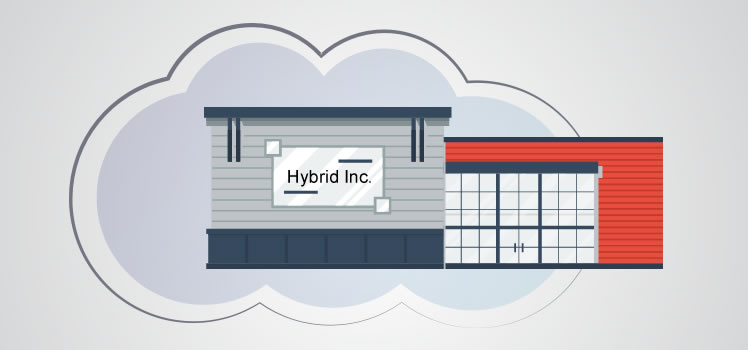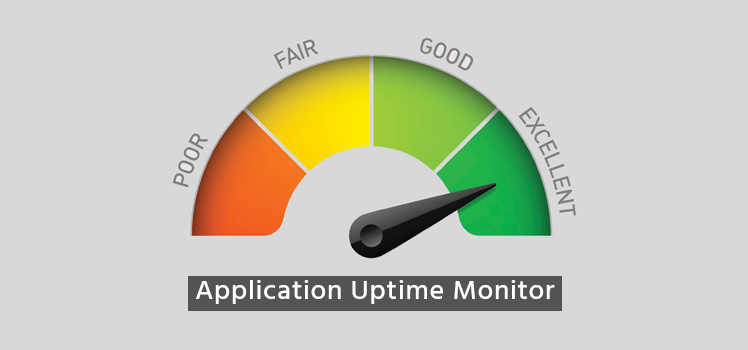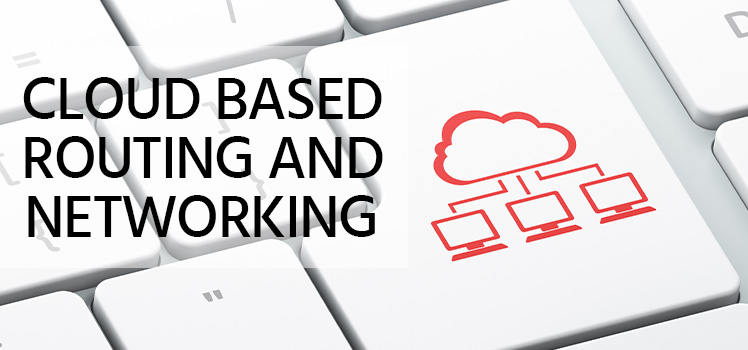Controlling Your Hybrid Cloud Infrastructure
Abstract
The only constant in information technology is change. Technical pioneers continue to come up with new ways of doing things. The latest developments in IT infrastructure, as demonstrated in industry studies, include an increased adoption of hybrid cloud computing. With that trend comes a greater need to find ways to control a widely distributed and geographically separated architecture. Total Uptime offers a robust solution to this dilemma. To address the combination of local data centers, co-located equipment, and multiple cloud providers, Total Uptime provides dynamic and automatic failover and load balancing solutions to clients around the globe. Without this support, many organizations would be stuck with state-of-the-art hardware and software that performs far below its potential. Total Uptime solutions give customers more control over their network traffic, increased availability, greater agility, and a more unified IT environment.
Problem Statement
IT infrastructure is becoming increasingly decentralized. Companies that once housed all their data and networking equipment within the walls of their own data center are making incremental moves to the cloud. Without proper management, this new environment can become a hodgepodge of separate resources spread out across the globe. How can you make all these different parts of your IT infrastructure work together smoothly? How you can you control data traffic between your local data center and the cloud?
Background
A 2018 user survey conducted by cloud service provider Mesosphere says that hybrid cloud deployments have exceeded cloud-only implementations for the first time. That means that more organizations are embracing a mixed approach to IT infrastructure. And it seems pretty clear that on-premise data centers are not going away any time soon.
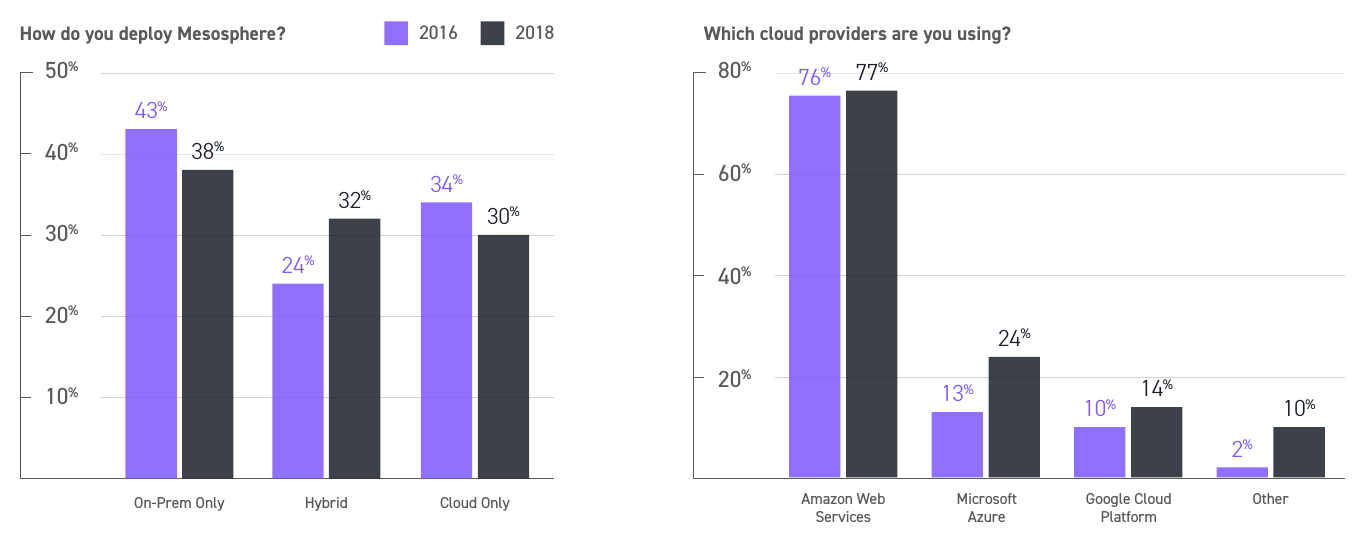
There are plenty of reasons that companies choose not to move all their IT to the cloud. In the first place, some of them just can’t. It’s too risky, and it won’t work. Data and applications that are highly sensitive, such as those belonging to financial institutions, must be closely guarded. Regulatory agencies dictate how these resources should be handled, and sometimes it’s best to leave them in the data center. That makes it much easier to keep an eye on them with tight security and strict management.
Many applications, on the other hand, may be quite suitable for the cloud. If an organization can be sure that there are no significant risks involved in using a public cloud provider for certain services, then they are free to entrust them to the cloud without reservation.
This differing treatment of data and software has resulted in an increase in what is known as hybrid cloud computing.
This differing treatment of data and software has resulted in an increase in what is known as hybrid cloud computing. And for some businesses, that may be the perfect combination — if they can manage it. An added factor of complexity is that an increasing number of organizations are choosing to use more than one cloud provider. Twenty percent of Mesosphere users now use two clouds, a 78 percent increase since 2016.
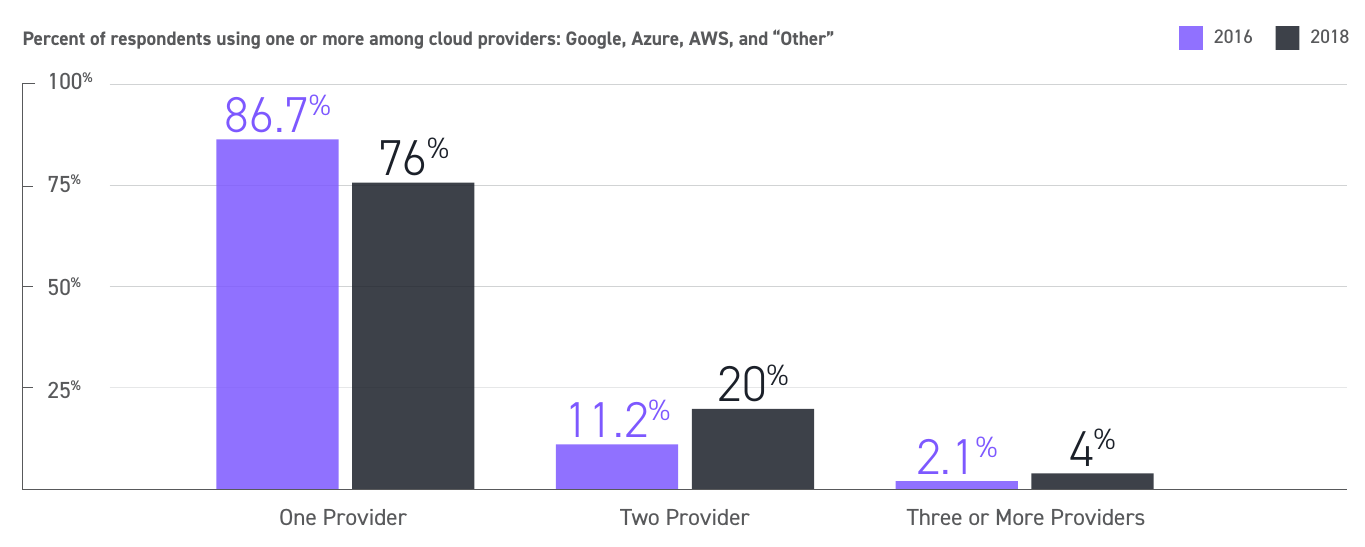
Hybrid cloud adoption is growing across industries. And that includes companies of nearly all sizes. This graph from Mesosphere shows that the adoption of a hybrid strategy is widespread.
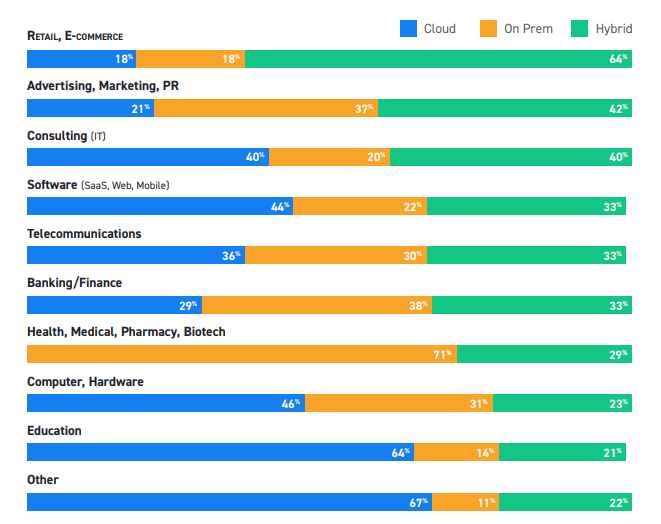
Solution
There is no question that the cloud offers tremendous advantages for the average business. But the question of hybrid cloud control remains an important issue to address. Building cloud applications and migrating data to the cloud can create more problems if they are not well managed. And getting your local infrastructure to talk to the cloud can be a challenge.
With Total Uptime’s networking solutions, organizations are no longer locked into a single provider.
Total Uptime offers several answers to this difficult problem. With Total Uptime’s networking solutions, organizations are no longer locked into a single provider. And switching between data center and cloud resources is simplified. Our cloud DNS failover and load balancing solutions give our customers automatic traffic management — no matter where the IT resources reside.
Our DNS failover solution monitors your servers while you sleep. There’s no need for your technicians to answer calls in the middle of the night to switch over DNS traffic because of a network failure. DNS failover does the work for you. The global load balancing platform from Total Uptime is all you need to ensure availability of all applications. It gives you complete control over network traffic on the Internet before it gets to the datacenter. In combination, these two services give customers advantages that you can’t get anywhere else.
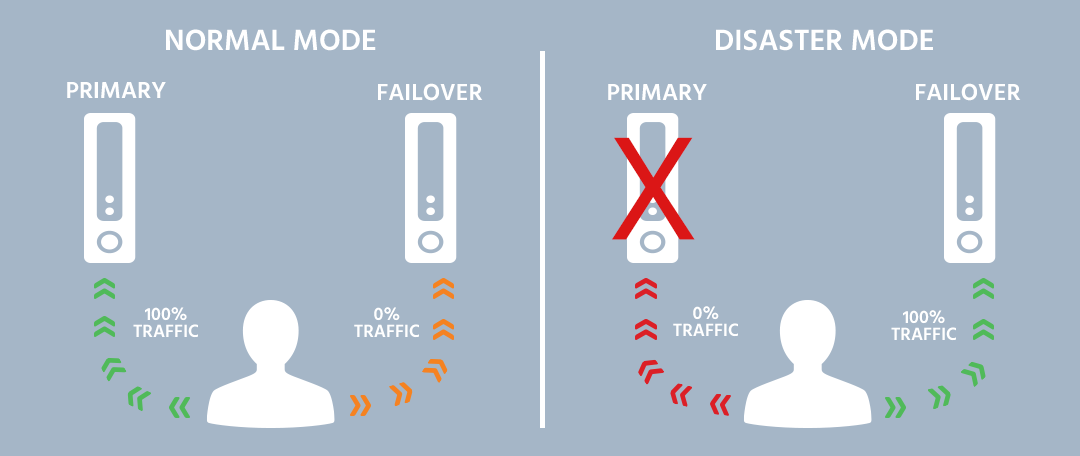
More Control
Total Uptime does this extremely well. We give companies complete control over how traffic is directed to these hybrid cloud environments. Today, many organizations have their IT resources spread out in many places. It is a decentralized approach to computing using local data centers, co-location providers, the cloud — even software as a service (SaaS). This distributed network can result in a disjointed and poorly managed infrastructure. Solutions from Total Uptime give back to customers the control that they were used to in the on-premise architectures of the past. Both internal and external users experience a far more reliable and consistent experience with Total Uptime.
Ease of Use
Clients of Total Uptime have been impressed with the simplicity of the Total Uptime user interface. The underlying technology may be complex, but the screens that control it do not have to be. Once the initial setup is made, the graphical user interface allows customers to easily make changes as needed. And the automatic failover and load balancing of Total Uptime solutions means that most of the work is being done for you.
Increased Availability
Resource allocation can be a problem if not handled properly. Even when there are plenty of redundant resources in place, it is of no use if the correct configurations are not properly applied in a timely way. Application availability is the name of the game. Our 19 network traffic monitors will automatically trigger the correct Total Uptime solution when it is needed. This quick action means that client networks experience continual operation with decreased downtime.
Improved Performance
The functionality of applications can be affected in many ways. One of the causes of poor application performance is poorly functioning network traffic. Any hiccups in transmission or excessive network congestion can break down software processes in a heartbeat. By managing the traffic flow that carries the streams of software data, Total Uptime helps customers achieve superior data transmission and, greater application performance.
Unified Infrastructure
Through the years, IT technicians and engineers have faced great challenges. One of those is dealing with equipment from different vendors, with different technologies, and in different locations. Total Uptime helps meet those challenges by bringing together widespread IT devices and making them work as one system. A customer may want to set up automatic failover to another city, or configure network equipment so that they share the traffic load evenly. Our solutions make single pane of glass management of resources possible.
Greater Agility
Think of the quick and responsive actions of a gazelle. Such agility is useful in the animal kingdom. In the same way, a network infrastructure that is responsive and agile is the desire of every IT manager. Whether it is switching between providers or redirecting traffic to other devices, Total Uptime provides customers with the flexibility and capability for quick action that they need to remain competitive in the marketplace.
Conclusion
Given the constant need for the maintenance of application data flows in today’s networks, every organization should consider well what traffic management methods to put in place. IT infrastructure continues to become more dispersed. The Cloud DNS Service and Cloud Load Balancing products from Total Uptime, along with our Web Application Firewall, offer needed support to IT managers scrambling to reign in their growing networks. For more information, contact us.
 What is an Application Delivery Network?
What is an Application Delivery Network?  Global Server Load Balancing (GSLB)
Global Server Load Balancing (GSLB)  Measuring Failure
Measuring Failure 